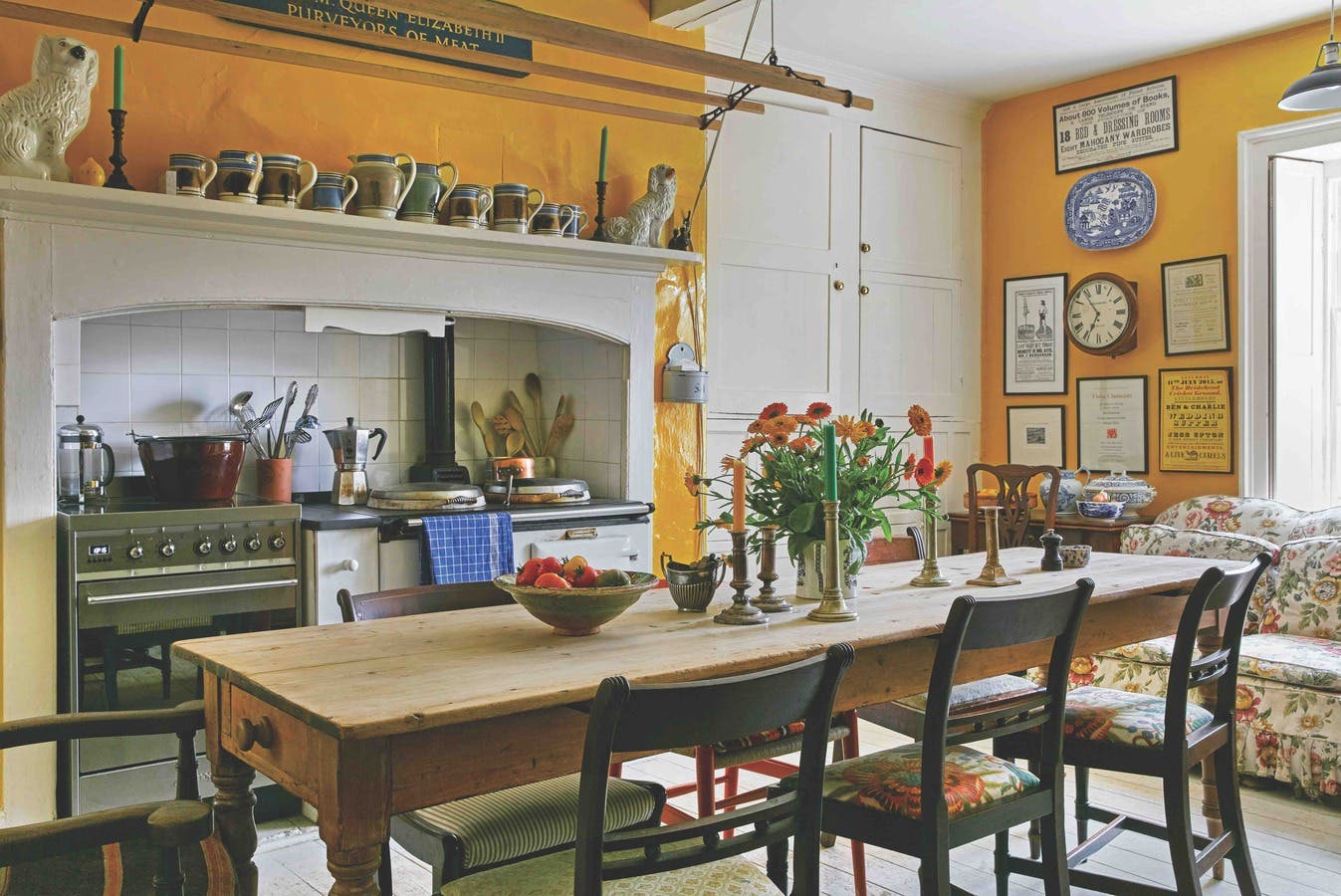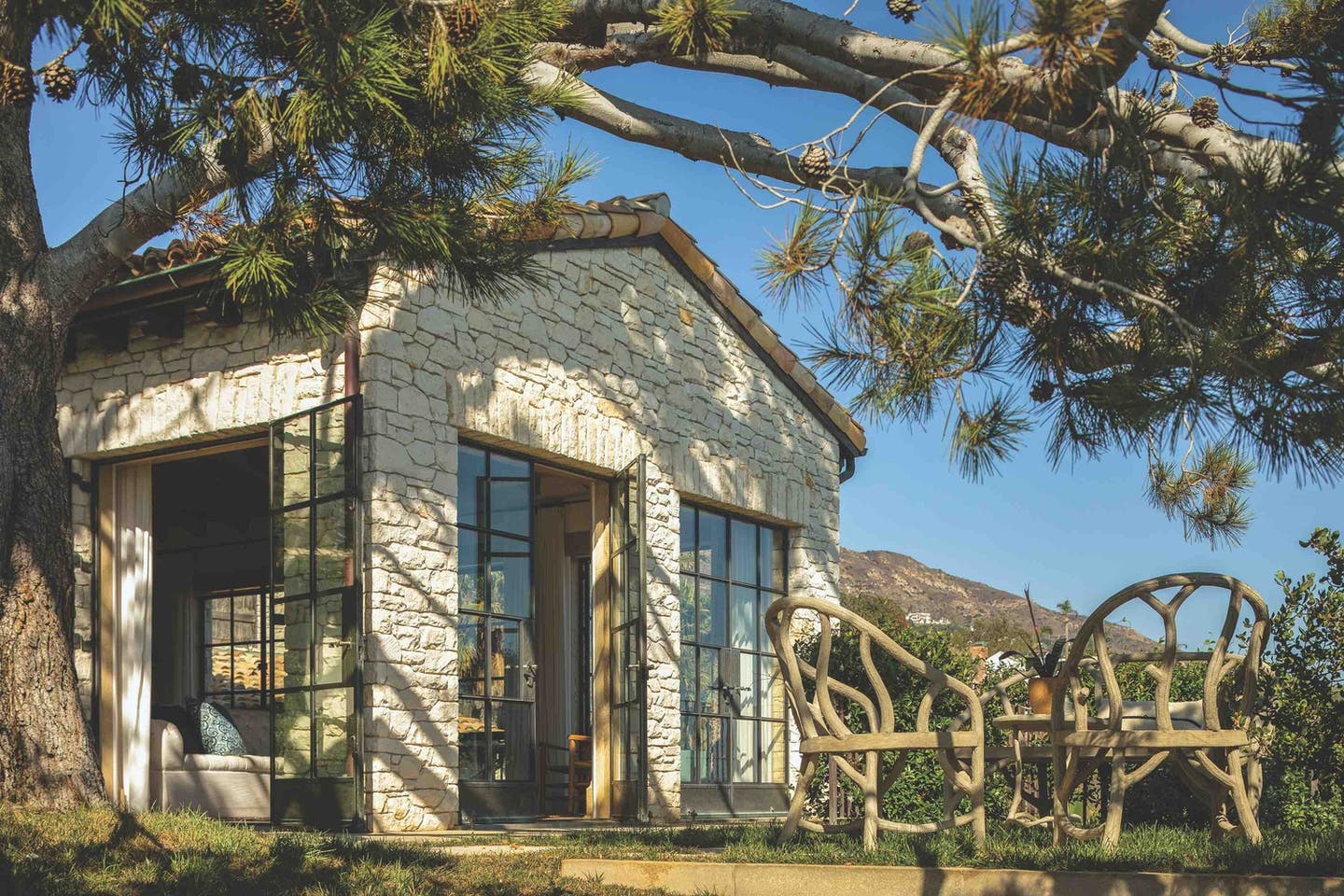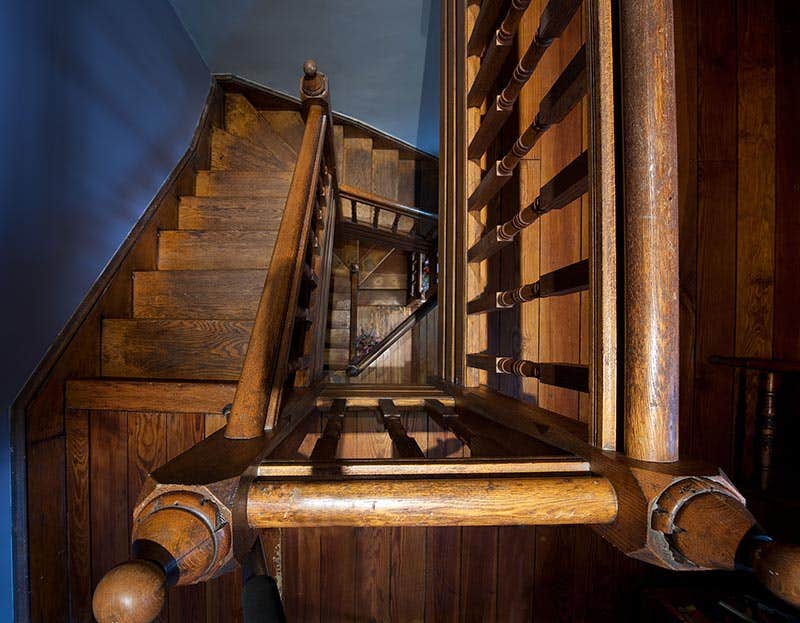
Restoration & Renovation
An Eco-Friendly Queen Anne Restoration
Project: Residence, West Chester, PA
Architect: Frens & Frens Restoration Architects, West Chester, PA; Dale Frens, AIA, principal; Susan Frens, LEED AP, principal; Carol Quigley, project manager


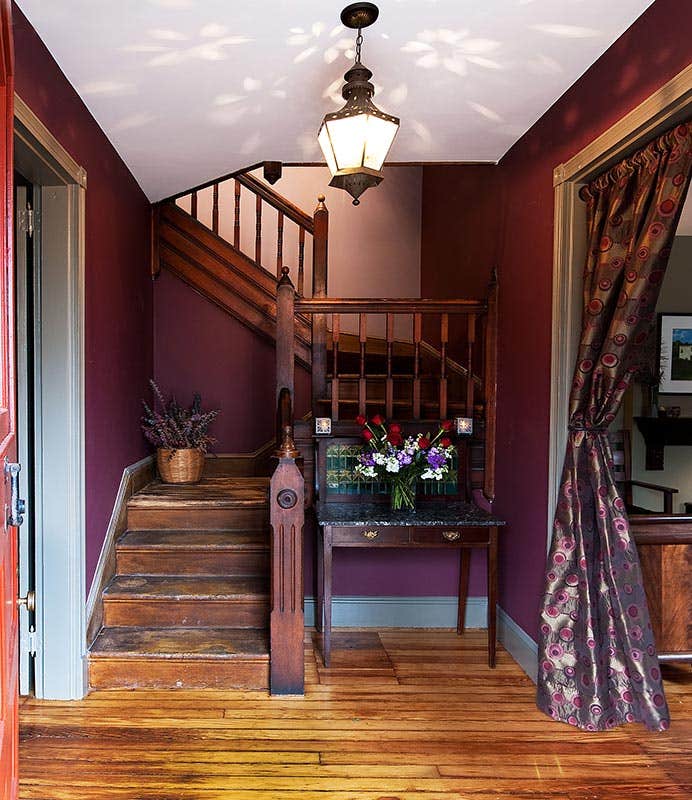
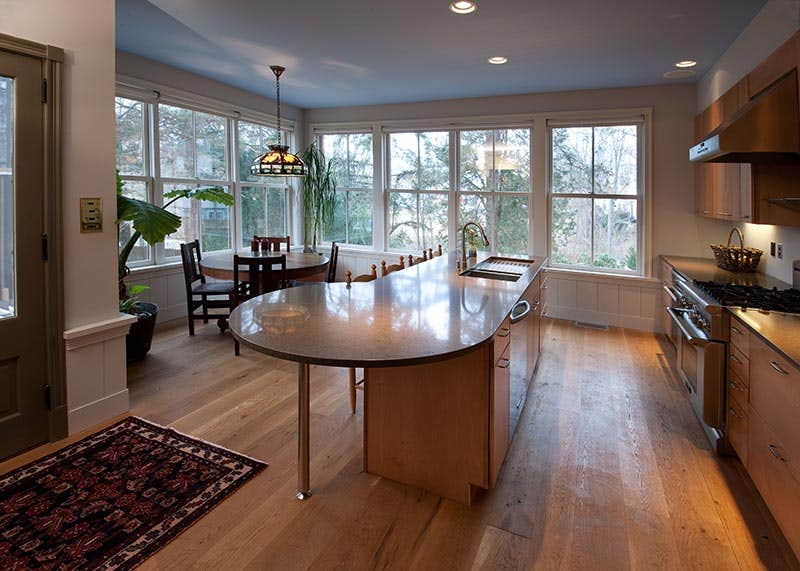
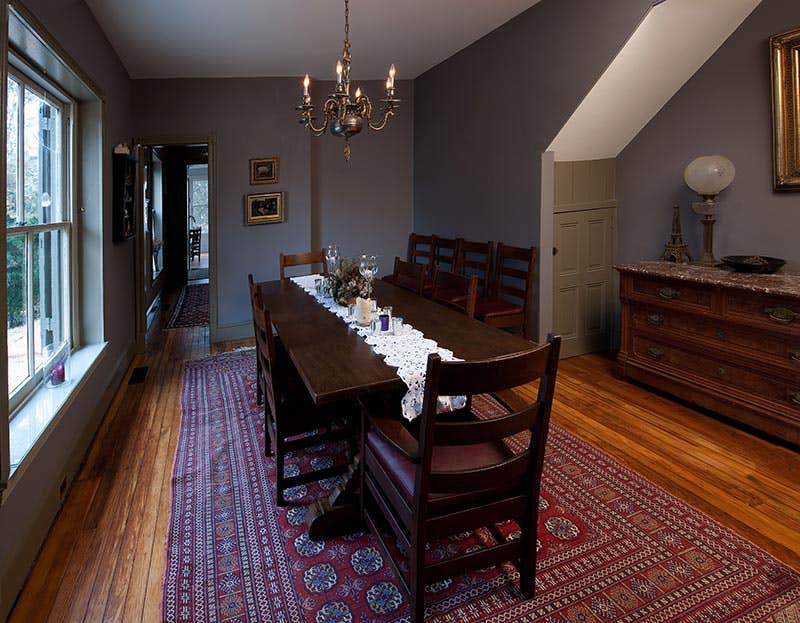
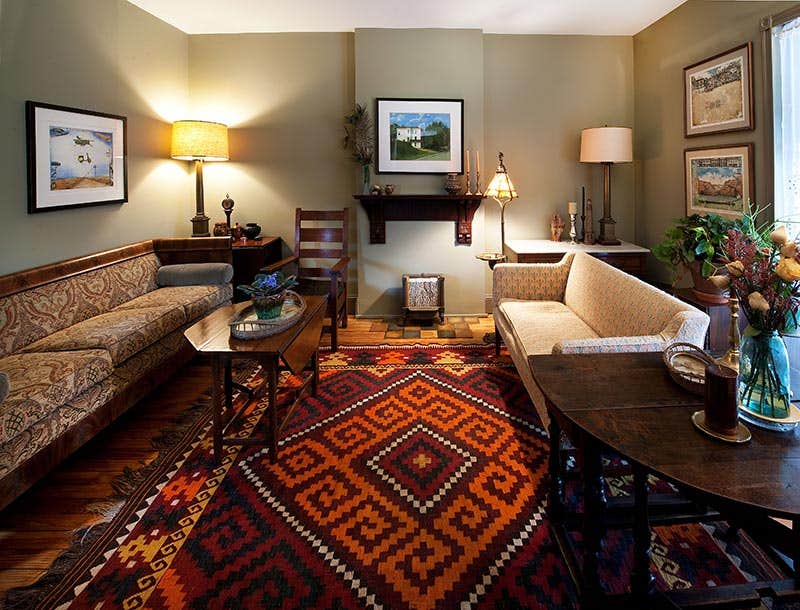
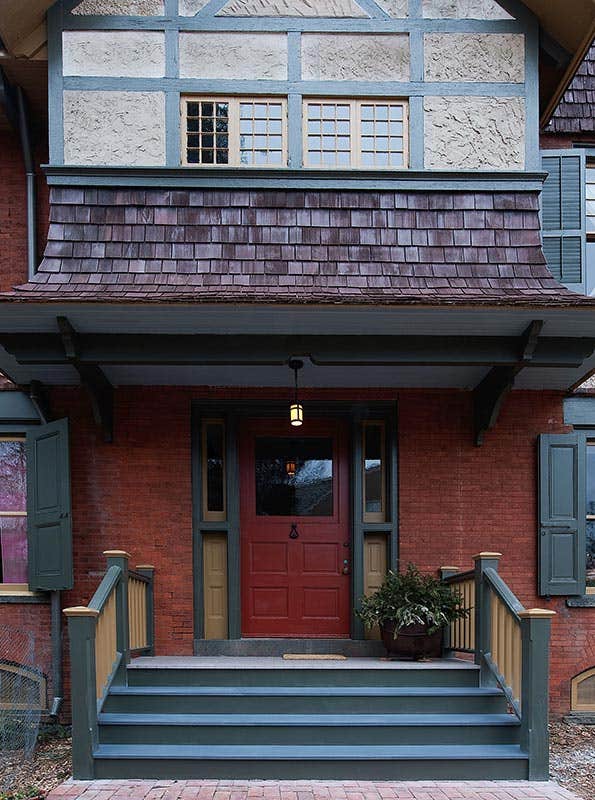
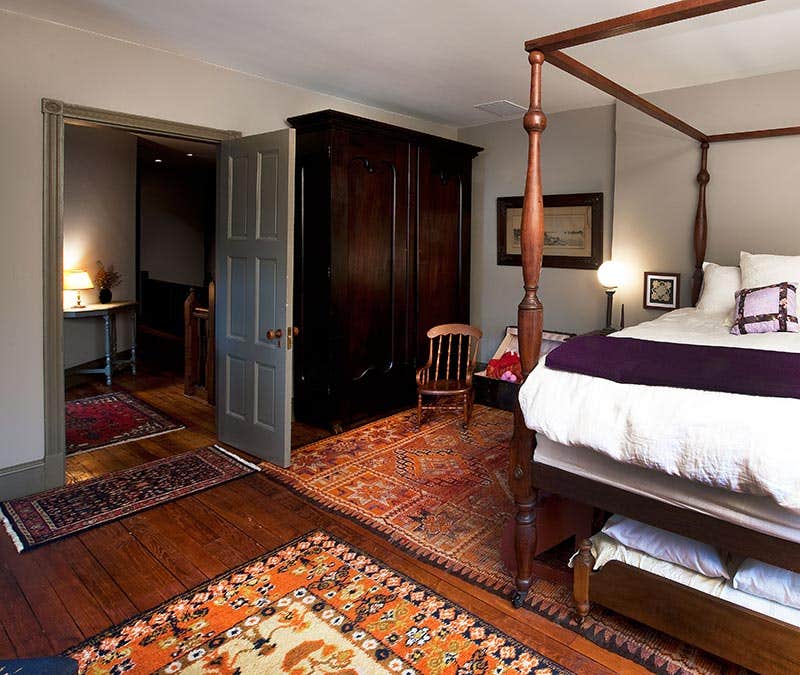
When architects Dale and Susan Frens (www.frensandfrens.com) were looking to downsize their home, they followed their firm’s philosophy of preserving and revitalizing historic structures, but took it one step further to include sustainability and green practices. They insisted on staying within their borough of West Chester, PA, where they could walk to work, restaurants, shopping and even to their dentist. When their friend decided to sell her house down the street from their then-current home, they jumped at the opportunity.
The 1887 Queen Anne was designed by architect T. Roney Williamson and is listed on the National Register of Historic Places. The semi-detached twin house features overlapping gables, exposed rafter tails and horizontal bands of red brick, white pebble-dash stucco and cedar shingles. Small windows of various shapes and sizes complement the larger ones on the west and south façades with green shutters. The home’s party wall and one-room width also reminded the architects of the houses designed by John Hejduk.
“What really drew us to the house, besides the exterior, which is really quirky, were the interior stairs,” says principal Susan Frens. “There is a great set of stairs winding up this very narrow house. Also, the fact that the house retained its original plan; it was worn and in need of care, but it hadn’t changed much.”
One of the major goals was to make the house as green as possible by building to LEED standards, even though there were no plans to pursue certification. According to the LEED for Homes Reference Guide 2009, “to be considered a major rehab project, the home must be stripped to the studs on at least one side of all external walls and the exterior ceiling, to expose the interstitial space for insulation and inspection.” Since the structure consisted of a stone foundation with two stories of brick masonry, it was impossible to strip from the exterior. Stripping from the interior would have necessitated removing the original plaster walls, which were in good condition, from two floors of rooms. The added insulation would have also required that all of the existing window trim be removed and reinstalled to match the new thickness of the walls.
“We were not willing to strip the studs on the exterior or interior because it would hurt the building,” says Frens. “We easily have the points to be LEED Silver. All the appliances we selected are Energy Star, faucets are low water, toilets are dual flush, the heating system is geothermal and we have great insulation where we could get it, which is in the attic and down the walls of the third floor.”
Additionally, a 1,500-gallon cistern was installed in the yard to collect rainwater from the roof to irrigate the perennial garden. Damaged windows were repaired using glass from salvaged windows that the architects had collected over the years, and other salvaged pieces from their collection were used throughout. Existing items in the house, such as the enamel kitchen sink, were either given away or reused in other locations to avoid throwing anything in the dumpster.
Despite the architects’ desire to downsize, the home did not quite meet their needs. A new 600-sq.ft., two-story addition therefore accommodated a new kitchen, master bedroom, mud room and storage area in the basement.
The exterior required limited repairs. An unsympathetic deck leading to the main entry was replaced with a new set of steps that resembles the original; its size and shape were determined by studying old joist marks on the brick. Toward the rear, the addition is topped with a simple metal roof and clad in wavy shingles, which were inspired by a home designed by McKim, Mead & White. On the second level, a balcony off the master bedroom was constructed of cypress and overlooks four mature evergreens in the yard.
The interior is long and narrow, with a portion of the space dedicated to two sets of stairs. To create a more open and cohesive flow, the dining room’s opening to the old kitchen was relocated to be in line with the room’s foyer entry. This formed a south-north procession from the existing living room to the kitchen at the rear in the new addition – what Frens refers to as the “spine” of the house.
The design intention was to preserve the integrity of the original house by repairing what was in the living room, foyer, stairs and dining room, but moving toward the rear, the spaces are flooded with natural light and the décor is modern. “We had been to Japan and that simple aesthetic is really appealing to us, especially with the interiors,” says Frens. “We wanted an up-to-date kitchen but still wanted the spaces to blend together. The woodwork and colors change in the addition but it works because our modern is not blatant. In the kitchen, we still have paneling below the windows that have detailed trim and sills, which speaks to the older part of the house.”
The kitchen contains two walls of new windows, giving the impression of an enclosed porch. At the center, a large island is topped with a Silestone quartz composite countertop, manufactured by Stafford, TX-based Cosentino. Flat-panel birch cabinets are accompanied by nickel hardware, stainless-steel appliances and salvaged heart-pine floors. The double doors leading to the yard were salvaged from an old general store the architects had renovated.
On the second floor, the existing bathroom and adjacent closet were torn down for a sitting area with built-ins for a television. A smaller bedroom down the hall was replaced with a laundry area, guest bath and master bath. Up another level are a guest bedroom and bath, study and Dale’s fly-tying room in a space that was once the unfinished attic. The entire ceiling of the third level was insulated with spray-foam from Icynene of Ontario, Canada.
Other key suppliers for the project included Warroad, MN-based Marvin Windows and Doors (kitchen windows); Fort Wayne, IN-based WaterFurnace (geothermal system); Watertown, NY-based Roth Global Plastics (cistern); New York, NY-based Daltile (ceramic and glass tile); and Morrow, GA-based Toto USA (plumbing fixtures).
“We gained a new appreciation for our residential clients,” says Frens. “Decision-making does not end until the last picture is hung on the wall!” In the end, the architects’ hard work paid off as the project was awarded the Pennsylvania Historic Preservation Awards and the 2012 “Bricks and Mortar Preservation Award,” presented by the West Chester Downtown Foundation.



